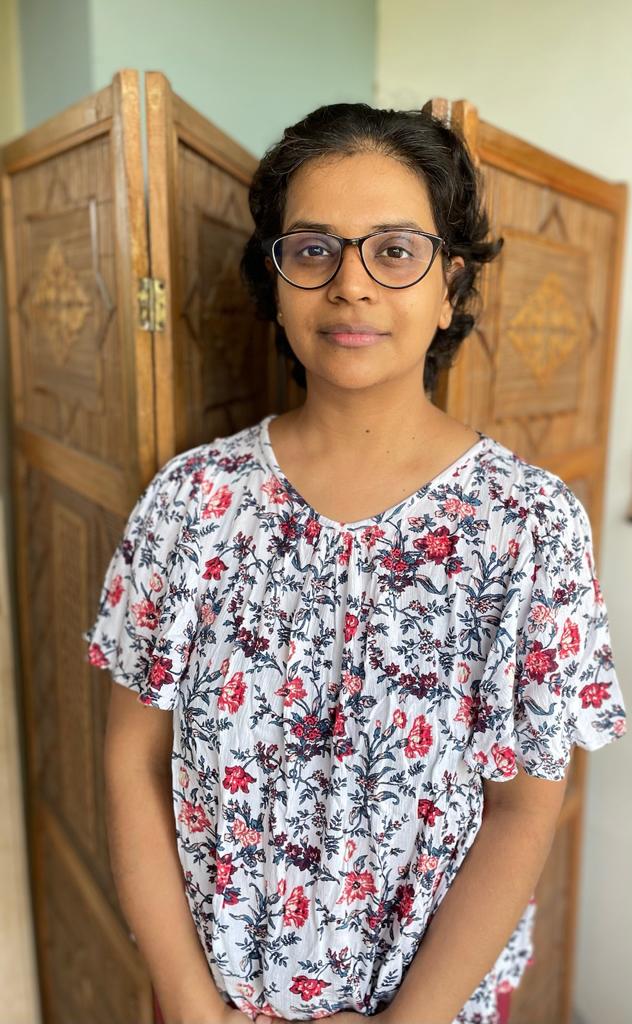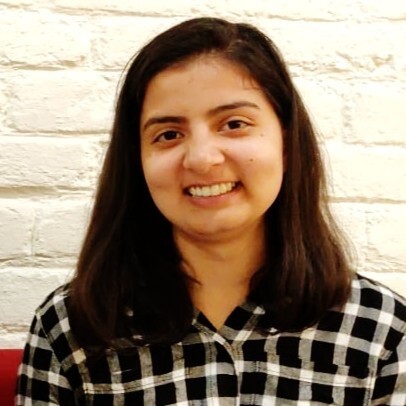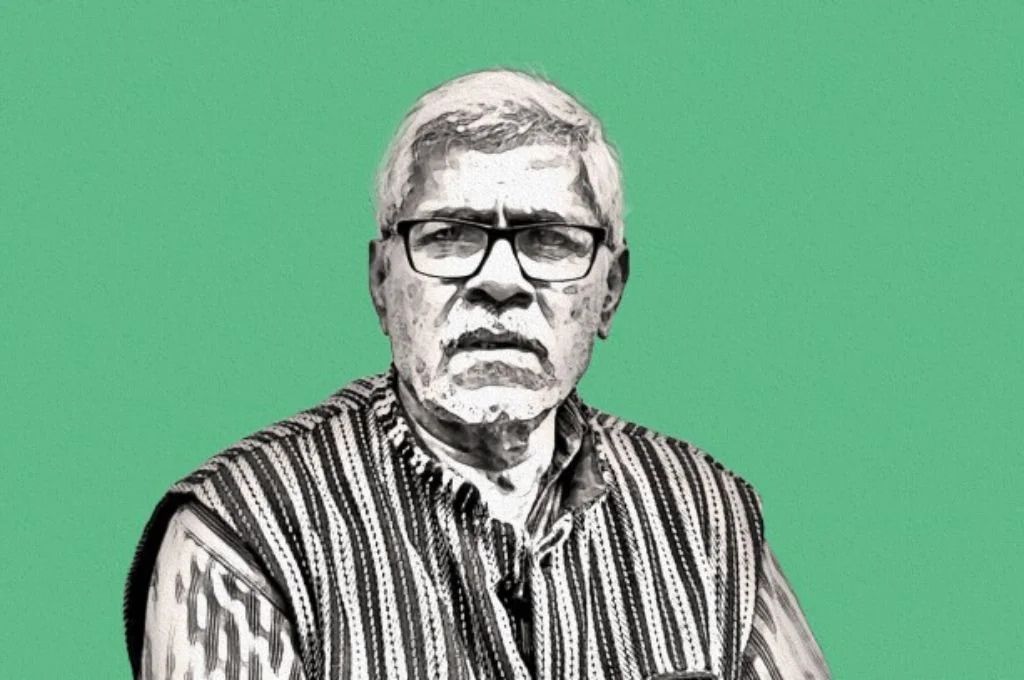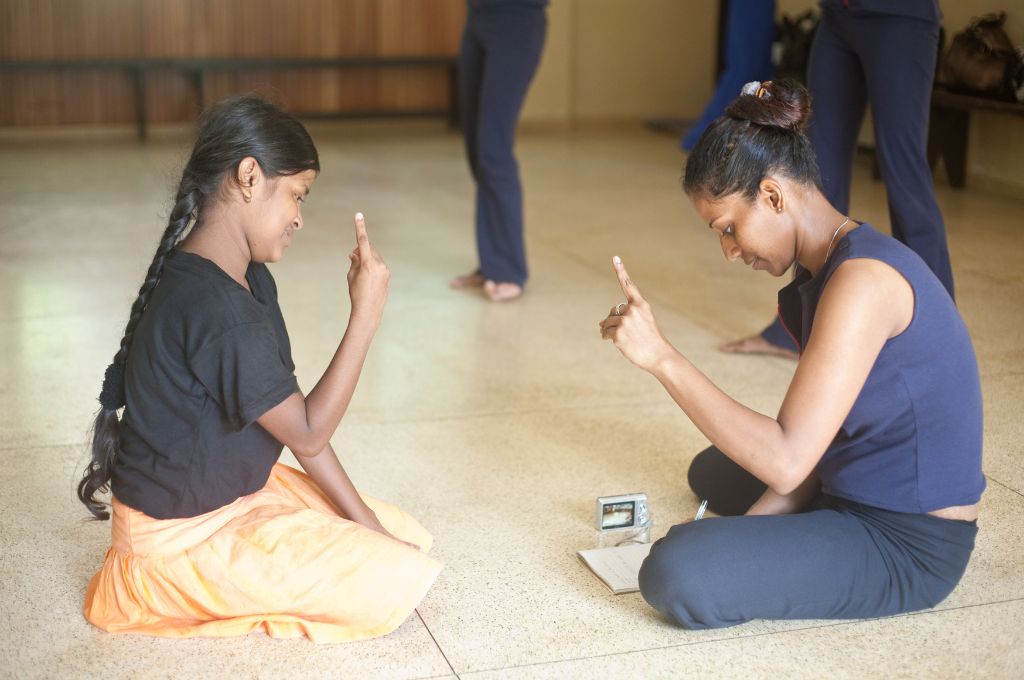In India, inclusive education for persons with disabilities is assured through the Rights of Persons with Disability (RPwD) Act, 2016. The act places responsibility on the government to ensure access to reasonable accommodations in both learning and assessments, including written examinations that are often a challenge for people with disabilities. As per the act, reasonable accommodations refer to “necessary and appropriate modification and adjustments, without imposing a disproportionate or undue burden in a particular case, to ensure to persons with disabilities the enjoyment or exercise of rights equally with others”.
A brief history of the guidelines
The provision of reasonable accommodations during examinations is currently governed by two sets of guidelines—the 2018 guidelines for conducting written examination for persons with benchmark disabilities and the 2022 guidelines for those with less than benchmark disabilities. Persons with benchmark disabilities are those certified as having no less than 40 percent of a specific disability (such as blindness, locomotor disability, and cerebral palsy). As per the 2018 guidelines, those certified as having benchmark disabilities are afforded accommodations such as a scribe, a reader, a lab assistant, compensatory time, and assistive devices (where applicable) to enable them to successfully complete their examinations.
Since no such assistance was available for people with less than benchmark disabilities, the Supreme Court ordered the government to prepare a fresh set of guidelines. In response, the 2021 draft guidelines were released for public comments, and the 2022 guidelines subsequently came into being. However, the 2022 guidelines not only fail to rectify the double standards of disability accommodations, but also fall back on the assurances in the draft guidelines.
Why the 2022 guidelines are a double blow
The 2022 guidelines speak of disability accommodation through the provision of scribes, and remove the possibility of accommodation through readers and lab assistants that were provided in the draft version.
They fail to retain the indicative list of medical conditions that affect writing capacity, which was present in the draft. By failing to explicitly mention specific learning disabilities such as autism spectrum disorder, the guidelines allow for ambiguity and may prevent the provision of accommodations to individuals who might require them. The removal of language such as “…limitation to read, write and that of speed…” furthers this concern regarding who is eligible for getting accommodations under the 2022 guidelines.
The 2022 guidelines also replace the indicative list of assistive devices provided in the draft (“calculator, tailor frame, Braille slate, abacus, geometry kit, Braille measuring tape, and augmentative communication devices like communication chart and electronic devices”) with simply “assistive devices such as prosthetics & orthotics, hearing aid”. This choice of removing the older, more elaborate list is confusing. Further, the guidelines do so without clearly mentioning the provision of assistive devices on a case-by-case basis.
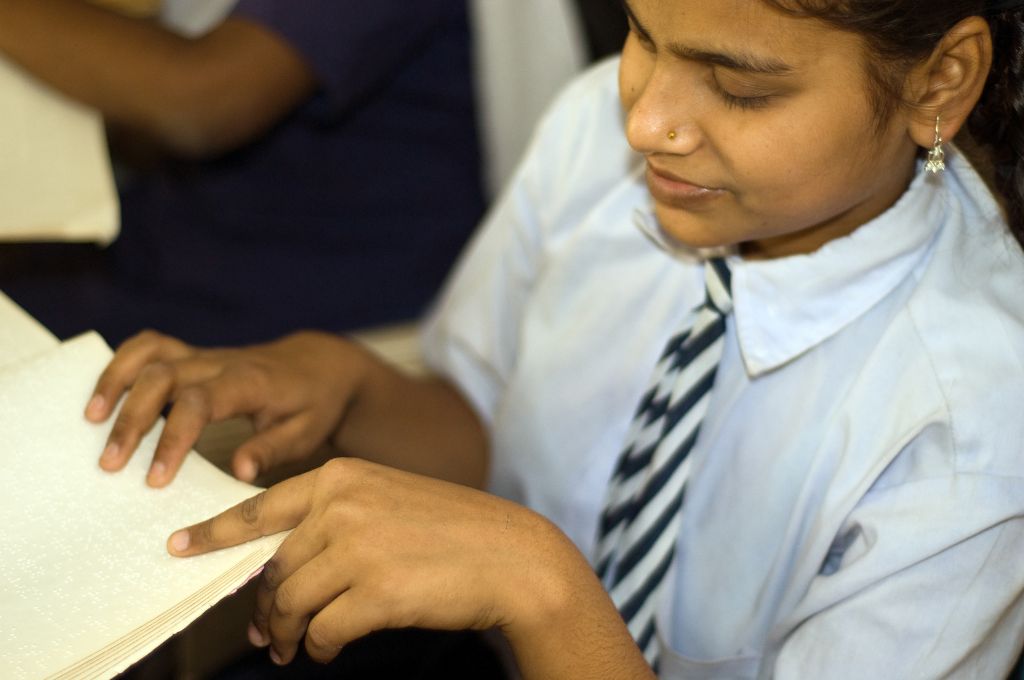
The final guidelines are substantially different from the guidelines for those with benchmark disabilities. Fundamentally, the kinds of reasonable accommodations offered and the procedure for accessing them should be alike for all persons with disabilities. This was reiterated in the 2021 judgement. However, the merit of the Supreme Court’s order was diluted over successive steps in the drafting process. This has possibly taken us back to square one.
Given all its issues, here’s how the 2022 guidelines are likely to create hurdles for those who require accommodation to participate in examinations.
1. Disabilities are often unquantifiable
The substantively different guidelines create practical differences in rights when considered along with the 40 percent marker delineation. Theoretically, such a demarcation is necessary to allow for enhanced support to those with a more challenging disability. However, having a demarcation made on the numeric value marker is riddled with complications. Thus, although theoretically justifiable, practical failures are often reflected in seeking reasonable accommodations or aid based on a numeric marker. For example, a person with less than 40 percent hearing loss would benefit more from hearing aids than a person with 100 percent hearing loss. The fact that the former cannot avail hearing aids due to lack of schemes and policies supporting those with less than benchmark disabilities will certainly disempower them. Measuring the need for support by percentages can also leave those at the 40 percent mark unable to access income tax benefits and disability pensions. The problem gets exacerbated due to the high costs of care for persons with disabilities. The demarcations leave not just persons with disabilities at a disadvantage, but also their families.
2. Certification is not a solution
The requirement of certification from a multi-member medical committee will create hurdles for persons with disabilities. Involving a team of specialists to certify one’s disability only complicates the situation. The individual is completely at the mercy of a team of experts to verify their eligibility. The struggle of citizens to obtain the Unique Disability Identity (UDID) card because of challenges in disability assessment are well known. Considerations must be given to those seeking accommodations, without them having to jump medico-social barriers.
3. Individual needs must be recognised
The guidelines fail to carve out the possibility of getting need-based accommodations on a case-by-case basis. Persons with disabilities could need accommodations that extend beyond physical aids. For example, a child with autism spectrum disorder may need additional support to accommodate neurodivergent communication. These needs are very different from a person who requires assistance in writing due to a physical inability to write, such as a person having a writer’s cramp. If individual needs aren’t recognised, the guidelines will fail to provide reasonable accommodations to those who need them.
4. The disability ecosystem should be involved more actively
The guidelines disregard the ecosystem of disability support professionals. In the case of a young child with disability, special educators, special schools, and caregivers are deeply involved in providing support. They understand the unique requirements of the child, and the child forms a strong bond with them. The guidelines currently make space for only the medical authority or committee responsible for certification. Thus, it ignores the crucial role that these diverse stakeholders play.
Acknowledging and involving the ecosystem’s support more actively in the guidelines is critical to ensure that persons with disability can successfully attempt an examination. Options for additional support during exams, perhaps in terms of caregiver support, must be allowed for those who may require it.
5. The process of scribe selection should be re-evaluated
As per the guidelines, the qualification of a scribe cannot exceed the minimum qualification criteria of the examination. At the same time, the guidelines mention that the scribe should have at least completed matriculation. Keeping this contradiction aside, the guidelines ignore the individual needs of persons with disabilities. Ideally, scribes must know how to operate different assistive devices. During examinations, persons with disabilities may require a broad range of accommodations, including assistive technology and communication aids. The scribes need the right skills and awareness about additional supportive devices to serve persons with disabilities effectively during an examination. Such factors need to be taken into account in scribe selection, and their training and assignment should be more nuanced.
Further, the guidelines do not consider the agency of a person with disability. Although they provide for self-selection of scribes for an examination, those who do not have the ability to choose their own scribe may face challenges, such as building trust and being able to communicate effectively with them. Additionally, given the nature of examinations and the stress of taking them, allowing the person to change the scribe only in case of an emergency or permitting the person to meet the scribe only a few days prior does not establish the confidence that is needed to perform well. Alternatively, allowing a few meetings before the examination may enable a person with disability and their scribe to form a rapport and get accustomed to each other’s communication styles.
Guidelines that fail to recognise the problems faced by those with disabilities only complicate an already complex issue. Disconcerting as it is, there is no other recourse but to once again approach the courts to strike down the 2022 guidelines for being against the idea of justice.
Any new guidelines for persons with disabilities (whether at the benchmark or below) must consider the voices of those who live with disabilities, along with all the stakeholders who are involved in their well-being. Inclusive policies can emanate only from inclusive and participative processes in policymaking. The motto ‘nothing about us, without us’ should pervade policymaking for persons with disabilities in India.
Sejal Mukkavilli contributed to this article.
—


